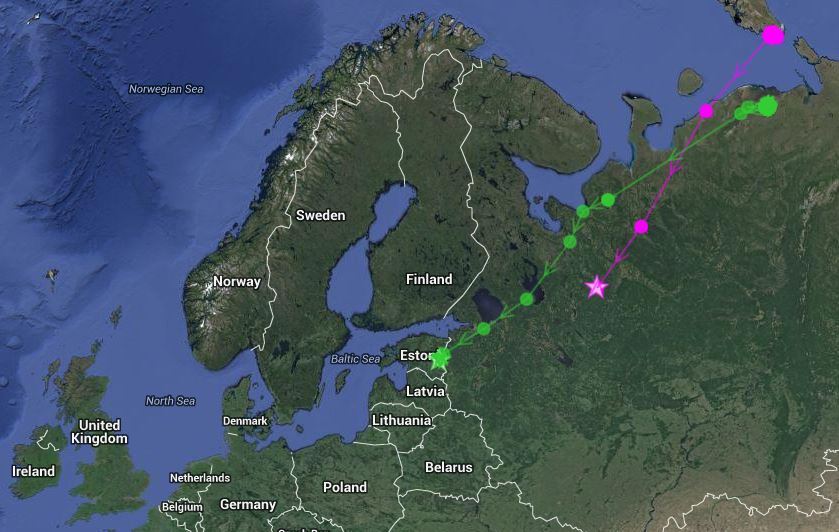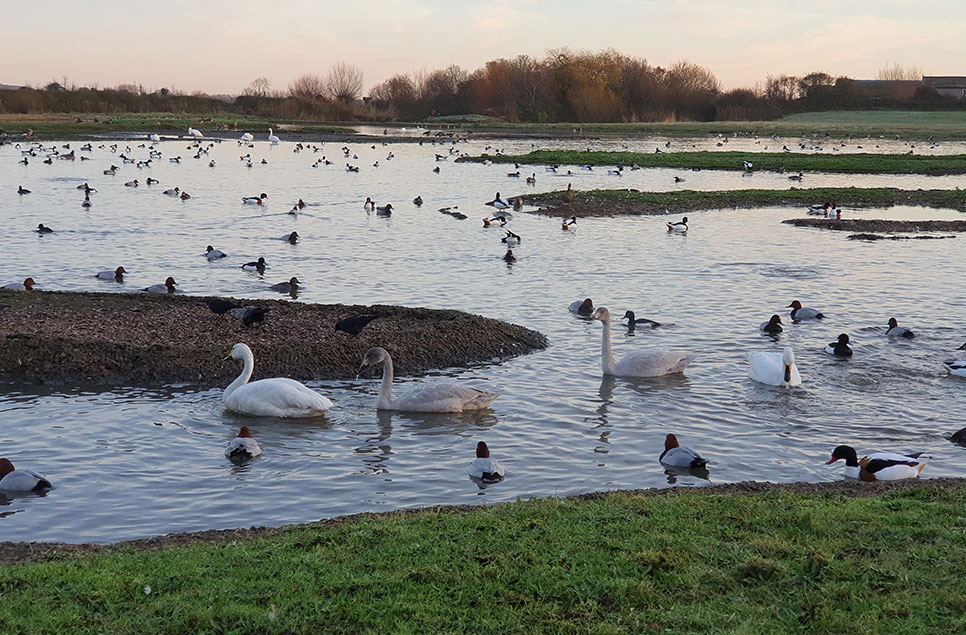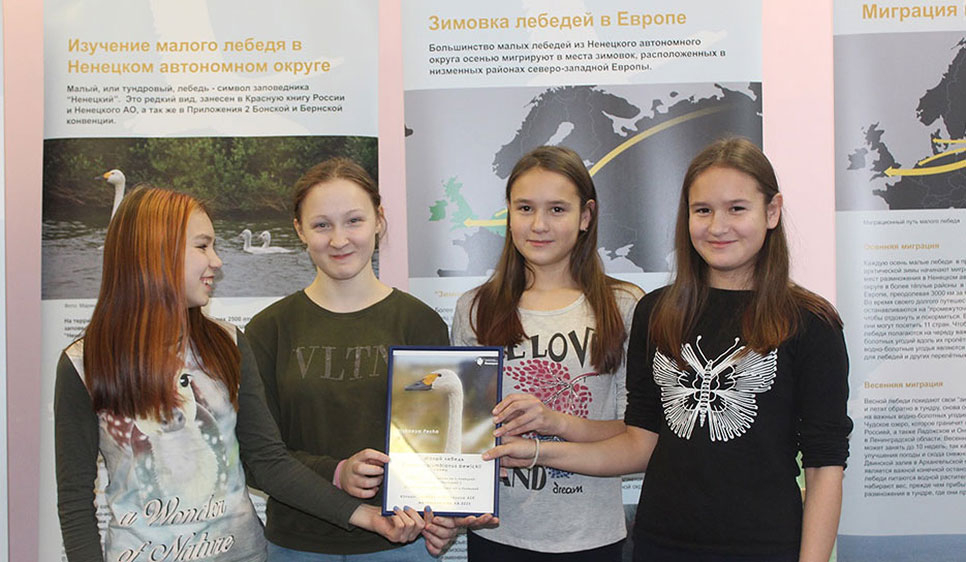The Bewick's are coming!
News from Russia - the Bewick’s swans are on their way! The first swans were seen leaving their summer arctic breeding grounds on 25 September (Andrey Stepanovich & Yulia Leonova). Thousands more have since followed, embarking on an incredible and challenging 2,500 mile journey that will take them from the wilds of the isolated tundra to the coastal waters, wetlands and cultivated farmlands of north-west Europe.

But they will not be making the trip in one go. The swans rely on a chain of very important key sites, known as ‘staging sites’, to stop off, rest and replenish their reserves in preparation for the next leg of their journey. Estonia hosts some of the most important staging sites for the swans during both the spring and autumn migrations. We have just heard from Leho Luigujõe (swan conservationist from the Estonian University of Life Sciences) that flocks started to arrive in Estonia on 30 September. He has spotted large congregations at Lake Peipsi, a huge water body in the north-east that bridges both Russia and Estonia (with 145 Bewick’s currently in Varnja Harbour). Thousands of swans find respite here every spring and autumn with numbers fluctuating from year to year according to water levels. Leho has told us that water levels are currently very low there which is good news for the swans as they will be better able to reach the aquatic vegetation to feed. So we expect good numbers of Bewick’s at Lake Peipsi this autumn.

We have also had some very exciting news about two Bewick’s swans that we caught on the Ouse Washes in Norfolk and fitted with GPS transmitters last winter. After spending the summer in the arctic and out of signal range, both have now moved further south and we can see that they are making good progress on migration! In fact, one bird (Andres) has already reached Estonia! The other (Lech) covered 850km in 12 hours, travelling a speedy 70 km per hour! We are very interested in Lech’s return route as he took a more unusual journey via Belarus on his spring arctic-bound migration.
The aim of this study, funded by the Department of Energy and Climate Change (DECC), is to provide detailed information on the migration routes taken by Bewick’s swans moving across the sea between Britain and the European continent in relation to off-shore windfarms that are scheduled for development off the coast of East Anglia. We hope that the transmitters will also provide valuable additional information on the swans’ migration phenology, notably the duration of stay at staging sites such as those in Estonia and distribution in their arctic breeding range.
I am very much looking forward to joining Leho and the BBC Autumnwatch team in Estonia next week to see how the Bewick’s swan migration is progressing and hope to bring you the latest news from there. You never know, we may spot a transmitter bird or two whilst we’re at it!


